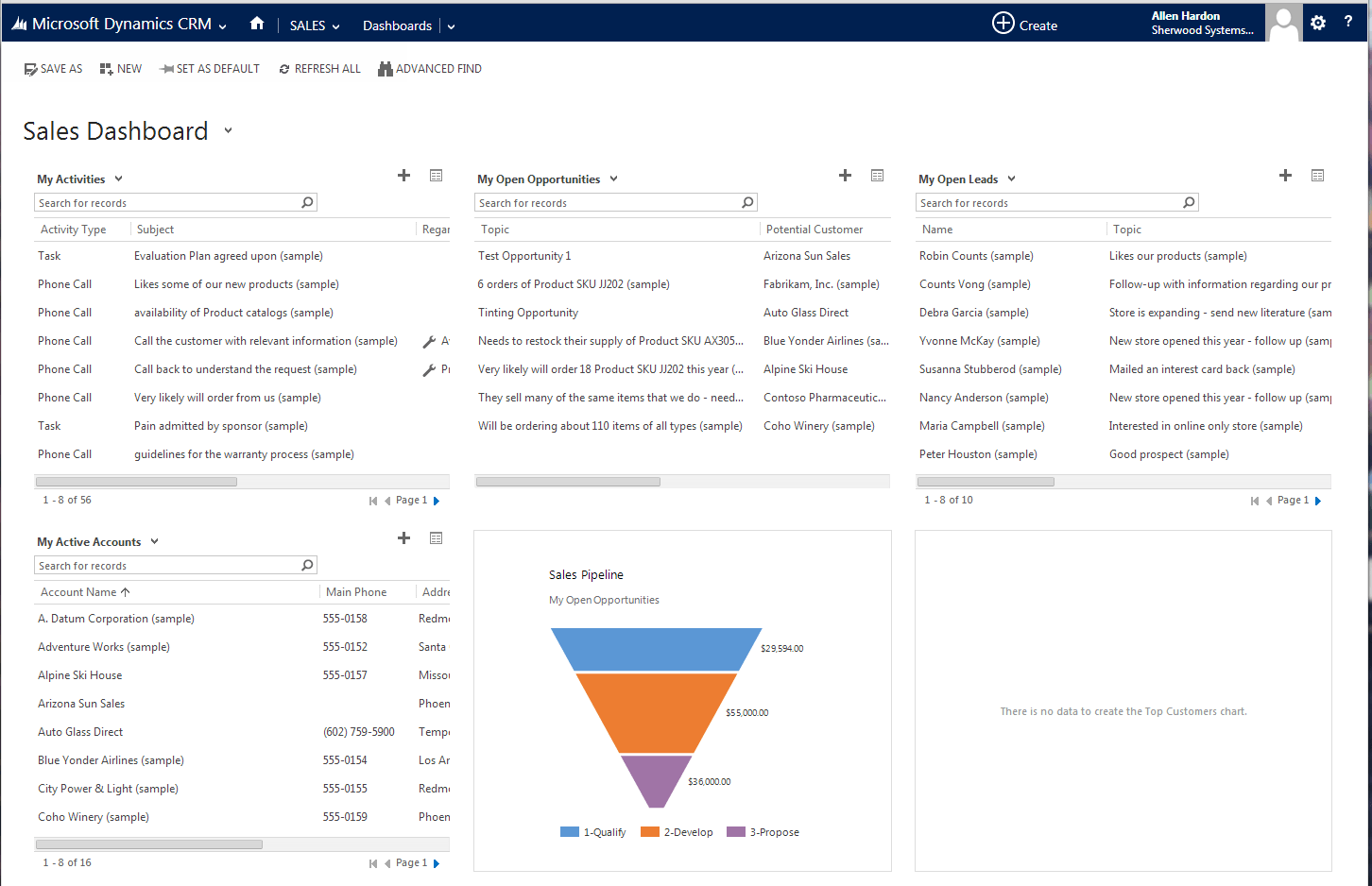


Click the icon in the header to see all the values available.ġ6. I’ll use the CustomerId field as an example. Technically this is a field that contains multiple values, so, we need to expand the column and select the value we are interested in. The table below is what I typically use.ġ5. To rename the fields, double-click in the header and type in the new name. Give the fields more user friendly names. Once all your fields are selected, click OK.ġ4. If you have custom fields, go ahead and pick those as we did in the step above. Keep in mind you want to select fields you actually use. In the Search Columns box, type in following fields names and check the box next to them. Now we are going to select the fields we want for reporting. Click the Select All Columns field and make are the checkboxes are removed.ġ3. I recommend turning off the checkboxes in the Choose Columns popup. Now we are going to select our fields for reporting. We don’t need every field from the Opportunity Entity, so we are going to narrow down the fields. Click/check the small box next to Opportunityset.ġ0. In the search field, Type OpportunitySet.ĩ. We are going to keep it simple and start with reporting on the Opportunity table. You should now see the Navigator popup form. Once you have successfully logged in, click Connect.Ĩ. Then click the picklist and select the Organizational URL then click sign in and enter your CRM login credentials.ħ. In the ‘Access an OData feed’ popup, first select Organizational account.Ħ. Paste the URL as found in the first section of this document, then click OK.ĥ. Note, you can also select this field if you are using CRM on-premises.Ĥ. In the Get Data form that pops up, scroll down and select Dynamics CRM Online. On the main PBI screen, select Get Dataģ. Now let’s open Power BI Desktop and connect to Microsoft Dynamics CRM.ġ. This is the URL you want to use in the URL field after selecting Get Data in Power BI.Ĭonnecting Power BI to Microsoft Dynamics CRM

At the bottom of this page, there is an Organization Data Service URL.

Log in your CRM instance, and go to Settings.ģ. Finding the CRM Connection URLīefore you begin, find your CRM connection URL.ġ. If you want to publish and be able to share your dashboard, sign up for a free Power BI account here. This will get you up and running quickly to create simple dashboards in Power BI using your Dynamics CRM data.įirst, if you don’t already, download Power BI Desktop here. Here is a quick tutorial on connecting Power BI to Microsoft Dynamics CRM Online.


 0 kommentar(er)
0 kommentar(er)
